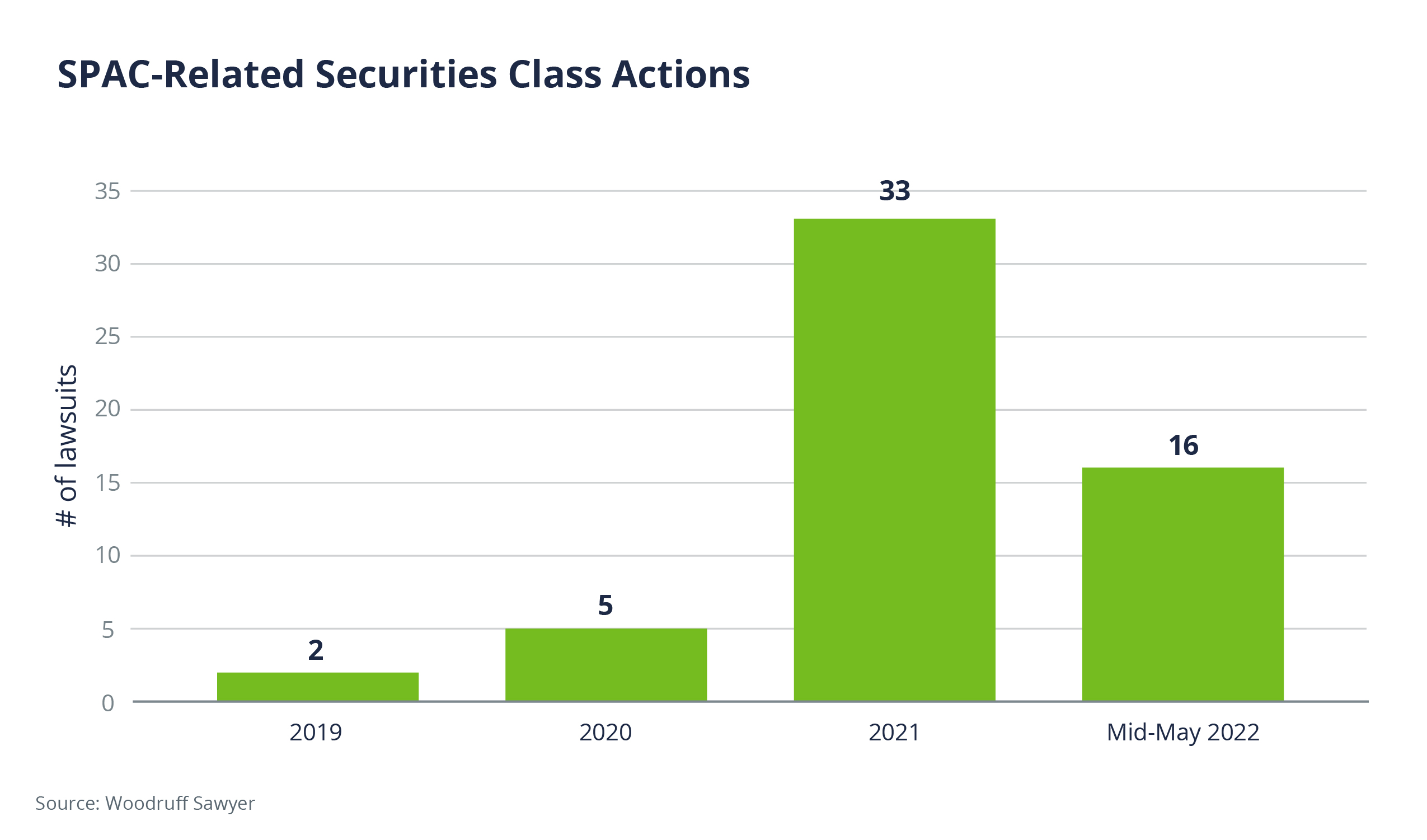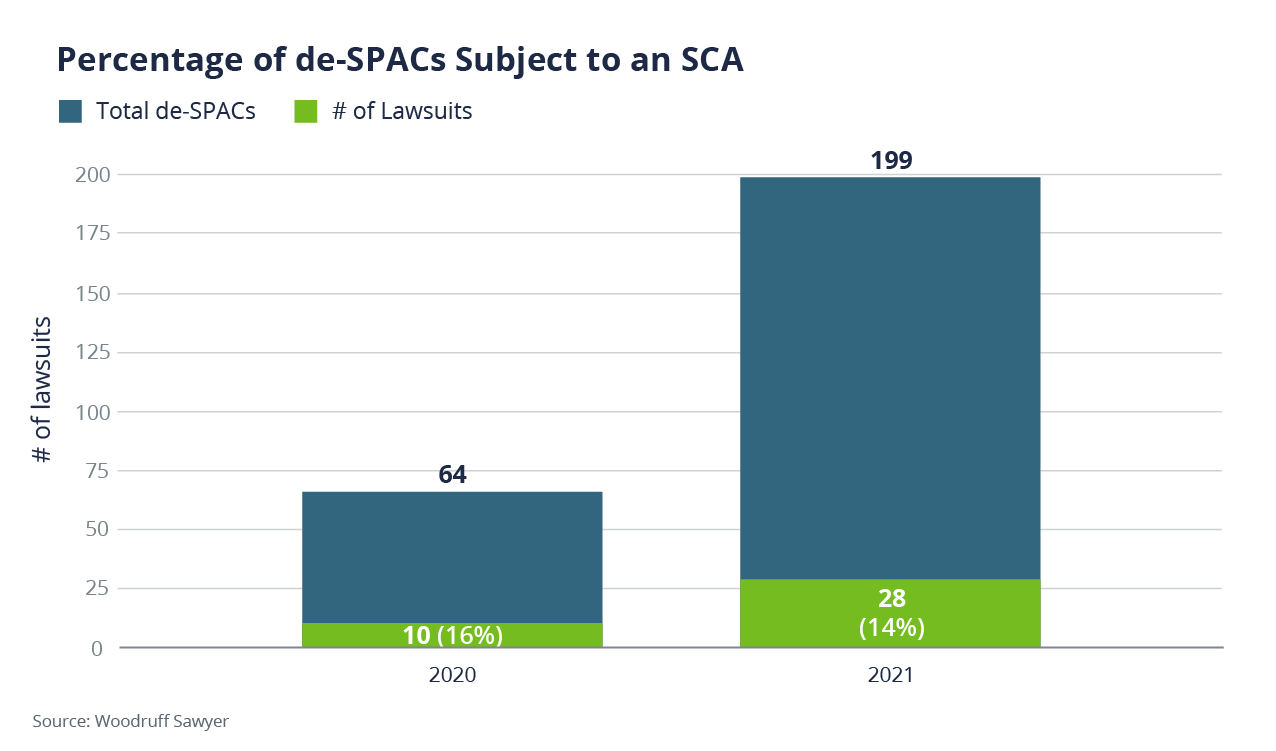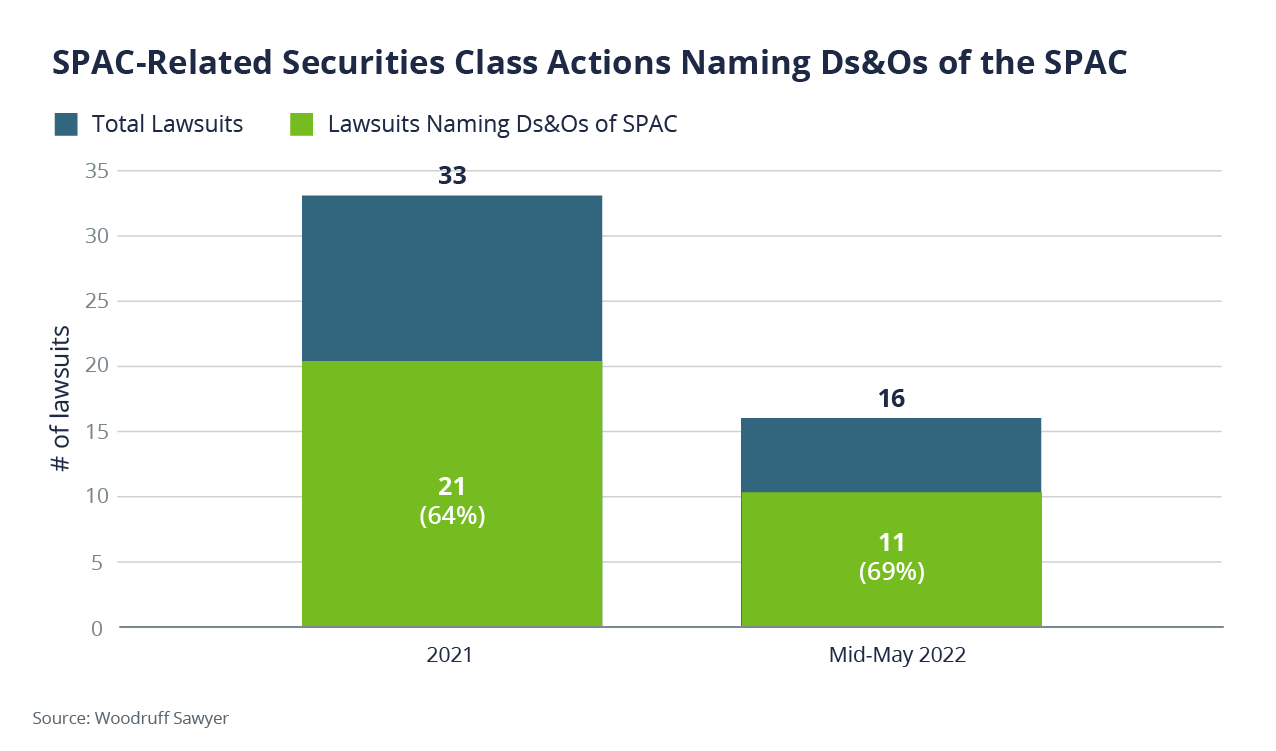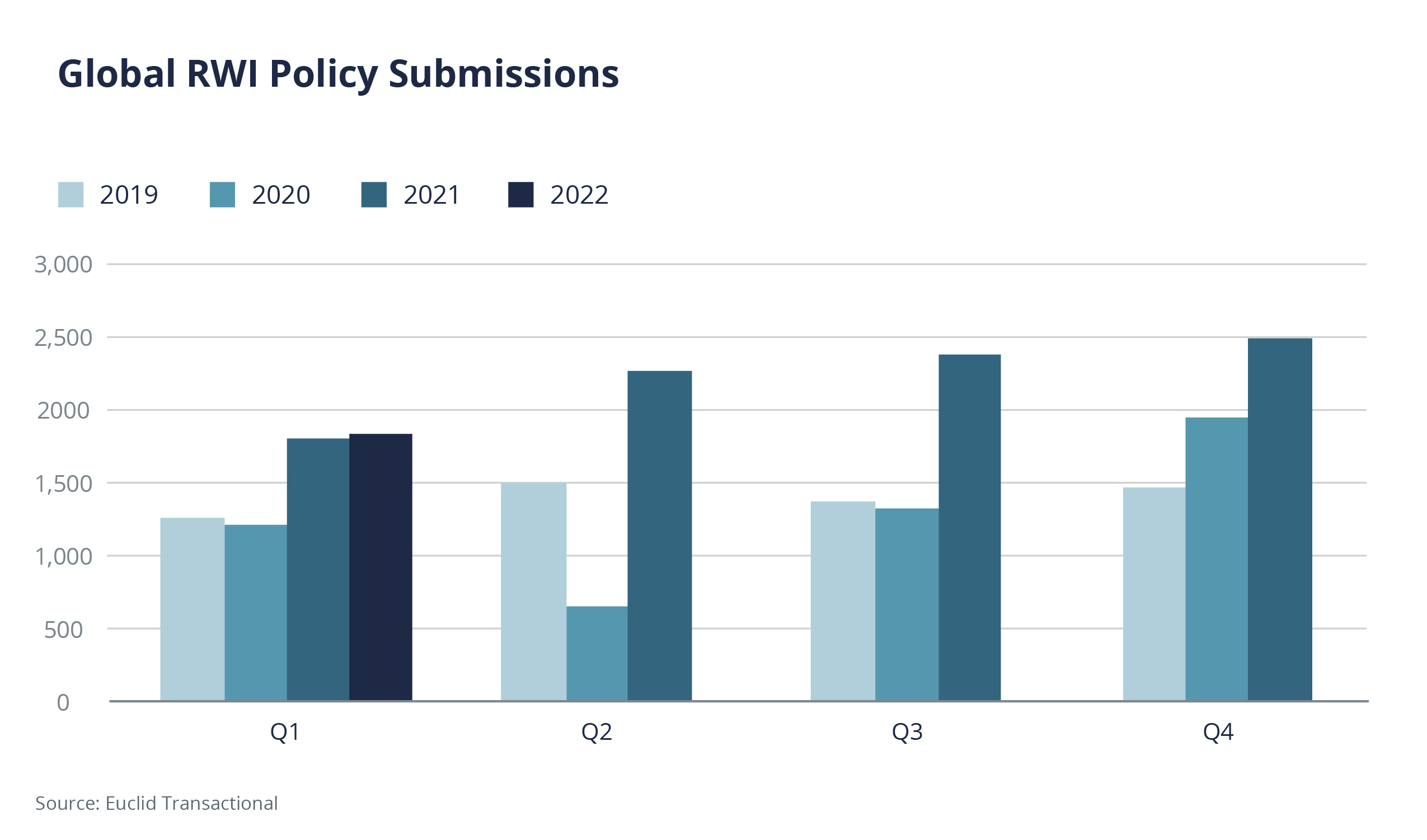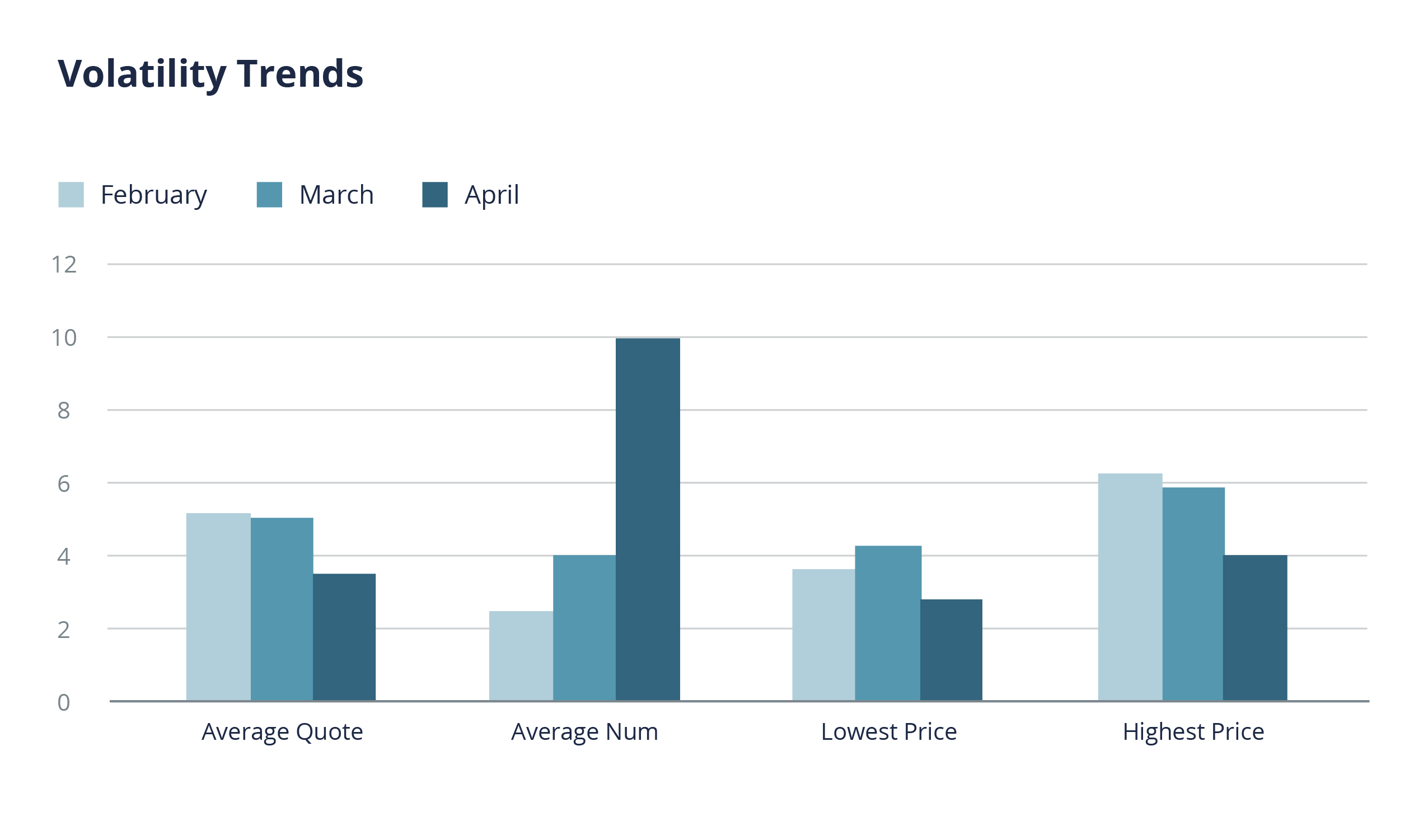
Almost every bankruptcy practitioner has counseled a client who was on the receiving end of a complaint seeking to avoid a transfer as a preference.[1] But one of the little-heralded aspects of the Small Business Reorganization Act of 2019 (SBRA)[2] was an amendment to 11 U.S.C. 547(b) that places additional pre-suit burdens on trustees, debtors-in-possession, committees, or any other plaintiff in a preference case.[3]
Specifically, Congress amended § 547(b) to include the italicized language below:
(b) Except as provided in subsections (c), (i), and (j) of this section, the trustee may, based on reasonable due diligence in the circumstances of the case and taking into account a party’s known or reasonably knowable affirmative defenses under subsection (c), avoid any transfer of an interest of the debtor in property—
As Collier has noted, “it is unclear whether the ‘reasonable due diligence’ requirement is an element of the preference claim.”[4] Since the SBRA became effective on 20 February 2020, a few courts have had an occasion to review what the new language means and how it affects the prosecution and defense of preference claims.
One of the first cases to consider this issue was Husted v. Taggart (In re ECS Refining, Inc.).[5] The court found that the new language in § 547(b) “now requires that the trustee satisfy a condition precedent, i.e., reasonable due diligence and consideration of known or knowable affirmative defenses.”[6] The court analyzed these conditions as having three prongs: “(1) reasonable due diligence under ‘the circumstances of the case’; (2) consideration as to whether a prima facie case for a preference action may be stated; and (3) review of the known or ‘reasonably knowable’ affirmative defenses that the prospective defendant may interpose.”[7] The court also noted that the section “is silent on whether satisfaction of the condition precedent is an element or an affirmative defense and on whether satisfaction is a pleading requirement.”[8] The court further noted that the due diligence requirement was in the same section which gave rise to the trustee’s substantive claims[9] and that Congress had specifically laid the burden of proving the avoidability of a transfer at the feet of the trustee under § 547(g).[10]
Accordingly, the court held that “due diligence and consideration of affirmative defenses, is an element of the trustee’s prima facie case.”[11] Turning to the pleadings themselves, the court found that the trustee’s “use of pre-Iqbal/Twombly notice style pleadings and a very general nature of the allegations in the First Amended Complaint suggest a lack of pre-filing due diligence,”[12] and that reasonable inferences did not suggest that the trustee had fulfilled the three prongs required by the new statutory language. Based on that and other deficiencies, the court granted the defendants’ motion to dismiss the trustee’s claim with leave to amend.[13]
The court in Sommers v. Anixter, Inc. (In re Trailhead Engineering)[14] took a slightly different path. In its motion to dismiss, the defendant contended that the complaint had no allegations regarding the trustee’s due diligence, or review of the defendant’s affirmative defenses, and therefore failed to plead all of the elements of a preference claim.[15] The court found that it did not have to determine whether “reasonable due diligence” was an element of a preference claim because the complaint contained sufficient allegations.[16] The court noted that the complaint specifically alleged that the trustee had examined documents including the debtor’s bank records, invoices between the parties, correspondence, and the operative contract.[17] The trustee had also included a chart of the relationships between the relevant entities.[18]
Accordingly, the court found that the complaint contained sufficient allegations relating to the trustee’s reasonable due diligence. So, while the court did not explicitly find that the new language created a new element, it nevertheless implicitly found that the complaint needed to contain sufficient allegations to satisfy the requirement.
The decision in Faulkner v. Lone Star Car Brokering, LLC (In re Reagor-Dykes Motors, LP)[19] covered three complaints filed against separate defendants; all three defendants filed motions to dismiss, contending that the trustee failed to allege sufficient facts to carry its burden of “reasonable due diligence.” The court acknowledged that the SBRA was intended to deter the filing of abusive lawsuits.[20] It also recognized the lack of clarity regarding the new requirement: “Whether the due diligence language creates an additional pleading requirement is unclear. But a trustee (or debtor-in-possession) must, in bringing a preference action, exercise due diligence and consider the party’s ‘known or reasonably knowable affirmative defenses under subsection (c).’ § 547(b).”[21]
As to the first defendant, the court cited to Sommers and noted that the complaint at issue contained some allegations relating to that defendant’s prepetition relationship with the debtor.[22] These allegations included “a description of the relationship between the Debtors and [Defendant] Lone Star—transport services on credit—and details of the specific transactions….”[23] The court declined to dismiss the complaint against that defendant because the “allegations—or lack thereof—do not reflect an abusive filing. Lone Star has not answered the suit; its affirmative defenses are unknown.”[24] As for the other two defendants, however, the court noted that the complaint failed “to provide any information beyond conclusory allegations that the Trustee performed reasonable due diligence under the circumstances and that the transfers were for antecedent debt.”[25] The court stated:
The transfers lack context—what kind of services or goods did either Earl Owen or Meyer Distributing provide? How were these business relationships structured? It appears the Trustee considered only what was reflected on a bank statement. Were these transfers on account of ordinary business practices, simultaneous value, a cash on delivery agreement, or was new value provided for these transfers? None of those questions can be answered with any certainty since there is no information in the complaints about the nature of these transfers.[26]
The court then dismissed the complaint against those two defendants, granting the trustee leave to amend.[27]
Weinman v. Garton (In re Matt Garton & Associates, LLC)[28] followed the Husted court’s reasoning and stated that “[a]rguably, the new due diligence requirement is an element of a preference claim under Section 547.”[29] In the operative complaint, the trustee alleged he had: reviewed pleadings and conducted an informal interview with the defendant; listened to the defendant’s views on the litigation; conferred with counsel for the debtor’s bank (from which some of the transfers had been made on behalf of the defendant); reviewed the books and records of the debtor; subpoenaed bank and credit card statements and other materials; and, after the filing of the initial complaint, undertook additional investigation and requested additional documents after identifying new potential transfers.[30] The court found that these allegations satisfied the trustee’s burdens under § 547(b).[31]
In Insys Liquidation Trust v. Quinn Emmanuel Urquhart & Sullivan, LLP (In re Insys Therapeutics, Inc.),[32] the court followed Sommers and Weinman and declined to rule on whether the revisions to the statute created a new element for preference claims. The court did find, however, that if the new statutory language regarding due diligence was an element, it was met by the trustee. Here, the trustee allegedly sent a letter to the defendant prior to initiating the complaint demanding return of the transfers at issue and invited the defendant to advise the trustee of its defenses; the trustee further alleged that, to the extent any defenses were presented, the trustee took them into account while also reviewing the debtor’s books and records.[33]
The court in Arete Creditors Litigation Trust v. TriCounty Fam. Medical Care Group, LLC (In re Arete Healthcare LLC)[34] also declined to decide whether due diligence is an element for a claim under 547(b); however, the court did note that if due diligence is an element, then the allegations in that particular complaint were insufficient.[35] The court found that “[t]he Trust merely stated that it had performed ‘reasonable due diligence’, ‘investigat[ed] into the circumstances of the case’ and ‘[took] into account the Defendant’s reasonably knowable affirmative defenses under 11 U.S.C. § 547(c).’ The Amended Complaint also ‘acknowledges that some of the transfers might be subject to defenses.’”[36] The court then dismissed the amended complaint, stating: “If due diligence is an element, merely paraphrasing the element will not satisfy Rule 8.”[37]
Taken as a whole, courts have uniformly required trustees to allege facts reflecting their due diligence. This is likely to differ from case to case because some debtors have records that are in much better shape than others. Simply filing suit against every entity that received a check from the debtor in the last 90 days prepetition would be problematic under any of these cases; something more is now required. Whether that “something” is the minimally accepted allegation in Lone Star, or the more fulsome descriptions in Sommers and Weinman, may vary from court to court.
From the defense side, however, it is unclear whether the trustee’s obligation to conduct due diligence truly presents a new and fruitful line of defense on its own. The authors could not identify any cases where a defendant sought sanctions under Rule 11 for a trustee’s failure to allege due diligence. It is notable that only two of the three defendants in In re Reagor-Dykes Motors prevailed on their motion to dismiss; and in each of those actions, the trustee filed amended complaints that the defendants ultimately answered and filed motions for summary judgment. Neither motion, however, made any mention of the trustee’s duty to conduct due diligence.
It seems highly unlikely that “due diligence” alone could be the basis for a motion for summary judgment. Even if a court was inclined to grant summary judgment based on the trustee’s lack of due diligence, the court necessarily would have to be entering summary judgment on whatever grounds the trustee should have discovered but for its lack of due diligence. Ultimately, if defendants keep pressing trustees to meet this new burden, the real measure of its effectiveness will be how many adversary proceedings are not filed.
Jeff Kucera, Partner, K&L Gates LLP, Miami, Florida, https://www.klgates.com/Jeffrey-T-Kucera. Carly Everhardt, Associate, K&L Gates LLP, Miami, Florida, https://www.klgates.com/Carly-S-Everhardt. Frank Eaton, Of Counsel, Linda Leali P.A., https://lealilaw.com/attorney/frank-eaton/. ↑
For general information on the SBRA, please see https://businesslawtoday.org/2020/02/small-business-reorganization-act-big-changes-small-businesses/. ↑
For the sake of simplicity, this article will refer to all such parties as “trustee.” ↑
5 MYRON M. SHEINFELD ET AL., COLLIER ON BANKRUPTCY ¶ 547.02A (16th ed. 2020). ↑
Id. at 453. ↑
Id. at 454. ↑
Id. at 455. ↑
Id. at 456. ↑
Id. ↑
Id. at 454. ↑
Id. at 458. ↑
Id. at 459. ↑
Case No. 18-32414, 2020 WL 7501938 (Bankr. S.D. Tex. 2020). ↑
Id. at *7. ↑
Id. ↑
Id. ↑
Id. ↑
Id. at *6. ↑
Id. ↑
Id. at *7. ↑
Id. ↑
Id. ↑
Id. at *11–12. ↑
Id. at *12. ↑
Id. at *15. ↑
Case No. 19-18917 TBM, 2022 WL 711518 (Bankr. D. Colo. Feb. 14, 2022). ↑
Id. at *31. ↑
See id. at *31–33. ↑
Id. at *33–34. ↑
Case No. 19-11292 (JTD), 2021 WL 5016127 (Bankr. D. Del. 2021). ↑
See id. at *10, n.9. ↑
Case No. 19-52578-CAG, 2022 WL 362924 (Bankr. W.D. Tex. 2022). ↑
Id. at *29. ↑
Id. ↑
Id. ↑



